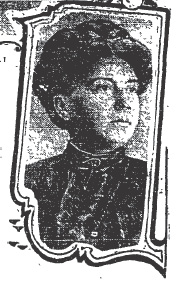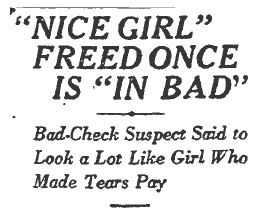Location: 209 South Hill
Date: July 1905
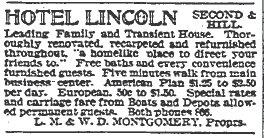
W.D. Montgomery and his stepdaughter, Mary Meister, arrived in Los Angeles during October 1904. W.D. had purchased the Hotel Lincoln, at 209 South Hill, with funds provided by his wife, Laura. She soon followed the pair to Bunker Hill, and the three took charge of the day to day running of the hotel. At first everything appeared to be going well for the new owners, and they seemed to be an average hard working family. Yet beneath the surface the household was filled with discord and secrets, and it would take only a few months before everything began to unravel in a very public way.
W.D. had never been a teetotaler, but once in Los Angeles he”™d started drinking heavily. Maybe it was the stress of W.D.”™s drinking, but Laura”™s rheumatism began to flare up to the point where she became bedridden. Mary was in charge of Laura”™s care, but after downing several whiskeys, neat, W.D. decided that he would take over. His bedside manner left everything to be desired. When Laura felt too unwell to eat her lunch, he told her that she would eat every morsel if he had to “cram it down her throat”. Not surprisingly, Laura”™s appetite didn”™t respond well to this threat, and in a fit of pique W.D. grabbed the lunch dishes and hurled them out of the window!
Laura tried to persuade W.D. to attend one of Francis Murphy”™s temperance meetings and take a sobriety pledge. W.D. wanted nothing to do with Francis Murphy or sobriety, and in a fit of rage at his wife”™s suggestion, he smacked her.

Everyone who came into contact with the couple thought that W.D. was nothing better than drunken brute, particularly when in full view of several hotel guests he chased Laura through the hotel, then grabbed her by the throat and throttled her. Although W.D.”™s drinking and behavior had certainly spiraled out of control, he may have had good reason for behaving so badly. He”™d become convinced that Laura was being unfaithful and had started following her. He trailed her several times to an obvious assignation in Ocean Park. Later, at home, W.D. confronted Laura and she confessed her infidelity. After 13 years of marriage, the couple divorced.
By July 1905, Laura had run off with the railroad man with whom she had been having an affair. The hotel had been sold to Mrs. Belle McWilliams, and W.D. and Mary were running it while the deal was being finalized.
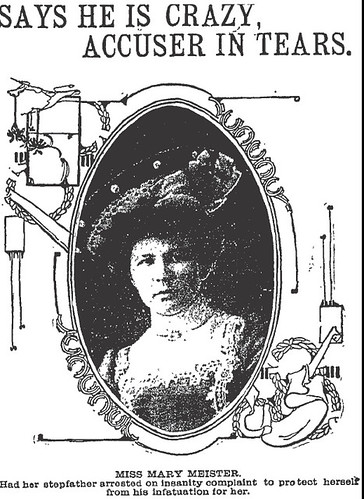
Suddenly, Mary came forward with shocking allegations against W.D. She said that he had ruined her (early 1900s doublespeak for seduced), and that he had been going around town telling anyone who would listen that he was in love with her. One day at the corner of First and Broadway, W.D. began to shout at his stepdaughter, saying that if she turned her back on him he would kill her and then himself.
It was his downtown outburst that compelled Mary to have her stepfather arrested on a charge of insanity. The two appeared in court to try to settle the unholy domestic mess. Mary broke down on the witness stand and began to sob. All eyes were on her as she turned to W.D. and said “You have ruined my reputation, and now I don”™t know what to do”. W.D. Montgomery looked astonished. “I didn”™t do anything of the sort” he replied, “I would marry you tomorrow”. Then W.D. went on to shock the courtroom further by saying “I thank God that the railroad man ran away with my wife”, adding, “I didn”™t love her and she knew it”.
By the time Mary and W.D. were finished testifying, the spectators were left wondering what exactly had been going on at the Hotel Lincoln, especially before Laura arrived to join W.D. and Mary in 1904. Could they have been having a relationship then? Was that the reason Laura had become involved with the railroad man? Mary was tight lipped, but wouldn”™t deny that she and W.D. had been engaged to wed! Meanwhile, W.D. continued ranting and raving in court, and finally had to be taken to the County Hospital for observation.
With Mary embarrassed to be seen in public and W.D. babbling away in the County Hospital, the story may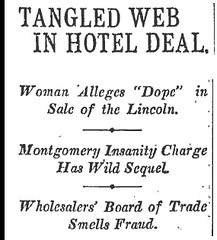 have ended there ”“ but one more bizarre chapter remained to be written.
have ended there ”“ but one more bizarre chapter remained to be written.
Someone contacted police, telling them that the reason W.D. Montgomery”™s behavior had been so erratic was because he had been drugged by a person (or persons) who wished to gain control of his property! The former hotel owner had been deeply in debt when he sold the Lincoln to Belle McWilliams, and it was later learned that he had borrowed against furnishings that he didn”™t own. Not one single bill was paid by the Lincoln during June, even though receipts showed that $1000 had been received from patrons, and that W.D. had obtained a loan of several hundred dollars.
Then, one night in early July, W.D. crept down to the safe and made a hasty $1100 withdrawal. He was discovered later in the gutter – drunk, disheveled and penniless. Shortly thereafter, bankruptcy proceedings would be instituted against him.
A bankruptcy hearing would be held, and the judge would hear varying accounts of the deal to purchase the Hotel Lincoln. According to Mrs. McWilliams, she”™d been given a bill of sale by W.D. in the amount of $8000, but she would actually pay only $6900 for the hotel. That shady little sleight of hand was intended to defraud W.D.”™s creditors to the tune of $1100. Belle told the court that she wasn”™t wild about the plan, but she”™d gone along with it because W.D. owed her money.
Sadly, there would be no further reports of W.D.”™s colorful exploits in the Los Angeles Times.
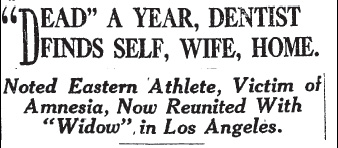

 Broken bits of his canoe had been recovered, but there was no sign of the dentist, and it was assumed that he had drowned. Mrs. Roy struggled to adjust to the loss of her husband, but the grieving widow found it impossible to continue living in New York ”“ reminders of her husband were simply too painful, so she moved out to Los Angeles to stay with relatives.
Broken bits of his canoe had been recovered, but there was no sign of the dentist, and it was assumed that he had drowned. Mrs. Roy struggled to adjust to the loss of her husband, but the grieving widow found it impossible to continue living in New York ”“ reminders of her husband were simply too painful, so she moved out to Los Angeles to stay with relatives.
 Then came the biggest shock of all ”“ he found that he”™d been reported dead! The same thing had happened to Mark Twain in 1897 when it was erroneously reported that he had succumbed to an illness in
Then came the biggest shock of all ”“ he found that he”™d been reported dead! The same thing had happened to Mark Twain in 1897 when it was erroneously reported that he had succumbed to an illness in  her spouse”™s unprecedented resurrection. Perhaps it was the strain of being constantly on the lookout for torch-wielding villagers.
her spouse”™s unprecedented resurrection. Perhaps it was the strain of being constantly on the lookout for torch-wielding villagers.

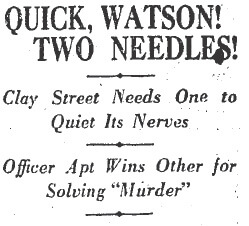



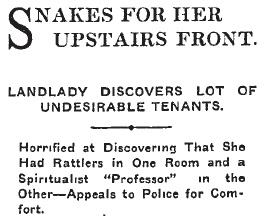



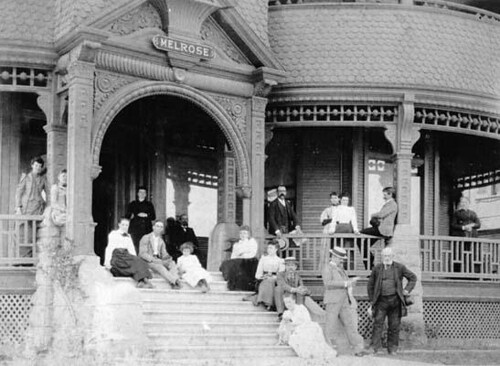

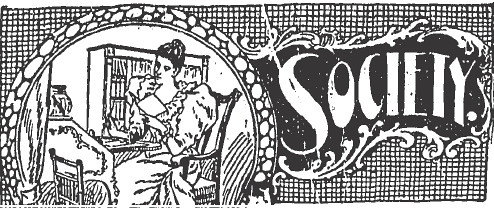


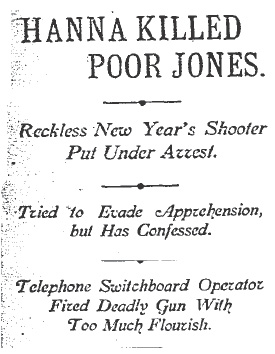
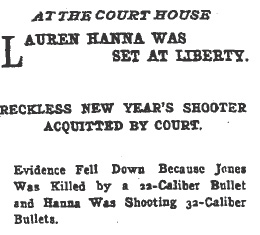 Fortunately for the accused, he was “”¦something of a cousin to the renowned Senator Marcus”. The esteemed senator from
Fortunately for the accused, he was “”¦something of a cousin to the renowned Senator Marcus”. The esteemed senator from 



 have ended there ”“ but one more bizarre chapter remained to be written.
have ended there ”“ but one more bizarre chapter remained to be written.

 teenaged mother in
teenaged mother in 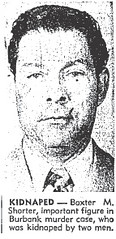
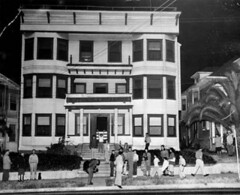 the kidnappers as Emmett Perkins. The other man was almost certainly
the kidnappers as Emmett Perkins. The other man was almost certainly 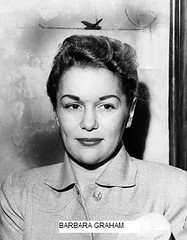 hadn”™t made the mistake of offering a fellow inmate $25k to provide her with an alibi for the night of the murder. Unfortunately for her, the cellmate was actually a cop, planted to befriend her and gather information. Barbara”™s blunder had doomed her to death.
hadn”™t made the mistake of offering a fellow inmate $25k to provide her with an alibi for the night of the murder. Unfortunately for her, the cellmate was actually a cop, planted to befriend her and gather information. Barbara”™s blunder had doomed her to death. 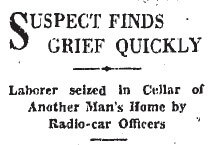


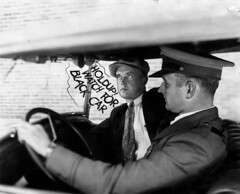 LAPD had recently installed radios in their cruisers, so officers Webb and Hamblin made it to the scene in a mere 90 seconds. The hapless perpetrator wasn”™t familiar with the latest crime fighting advances, and was promptly arrested and booked on a charge of burglary.
LAPD had recently installed radios in their cruisers, so officers Webb and Hamblin made it to the scene in a mere 90 seconds. The hapless perpetrator wasn”™t familiar with the latest crime fighting advances, and was promptly arrested and booked on a charge of burglary.


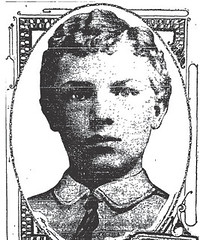 Ladda Trcka didn”™t realize when he played in the vacant lot adjacent to his home in Columbus, Ohio, that he was being watched. The angel faced ten year old boy was too young and innocent to find anything sinister in the behavior of his forty-four year old widowed neighbor, Nellie Hersey. He thought nothing of being invited into her parlor, where she would caress him and offer him more candy than he could consume in a single sitting.
Ladda Trcka didn”™t realize when he played in the vacant lot adjacent to his home in Columbus, Ohio, that he was being watched. The angel faced ten year old boy was too young and innocent to find anything sinister in the behavior of his forty-four year old widowed neighbor, Nellie Hersey. He thought nothing of being invited into her parlor, where she would caress him and offer him more candy than he could consume in a single sitting.